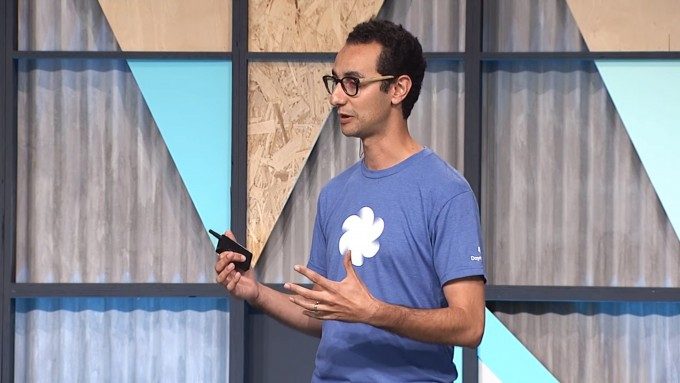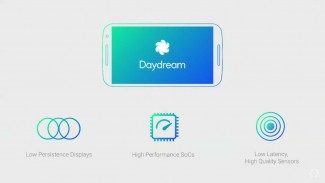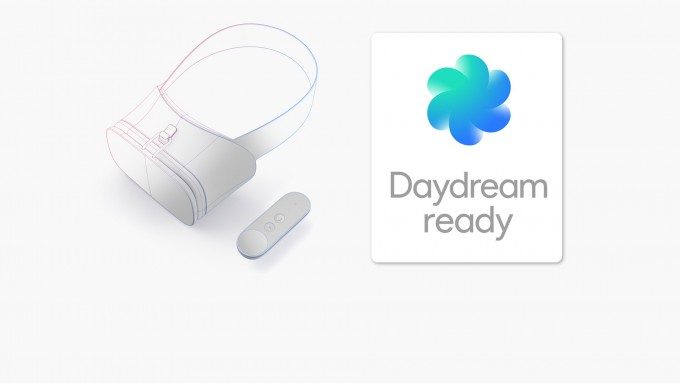At I/O 2016 this week, Google laid out its ambitious goals for Daydream, the company’s new platform for native, high performance virtual reality experiences on Android.
Daydream is Google’s newly announced Android VR ecosystem—encompassing specialized phones, headsets, and apps—which promises to significantly raise the bar on Google’s prior Cardboard initiative. Cardboard, which aimed for ultra-low cost and high accessibility, remained clearly inferior in performance compared to Samsung’s own Gear VR which is also built atop Android. Daydream promises to raise the quality bar up to a Gear VR-level experiences, but will be built as a core element of the entire Android ecosystem, giving it much larger potential reach than Gear VR, which is limited to a subset of phones from a single manufacturer.


Google knows this well, and are not one bit shy about announcing their ambitions for the platform. On stage at I/O 2016, Brahim Elbouchikhi, Senior Product Manager on the Google VR team, said the company plans to make Daydream ‘Android scale’.


“…our intention [for Daydream] is to operate at Android scale, meaning hundreds of millions of users using Daydream devices. And the way we get there is through the typical smartphone evolution: where today’s premium devices—the ones that can run VR experiences—are next year’s mid-range, and the following year’s low end devices,” Elbouchikhi told developers in the audience. “So if you take that evolution, you can see that in a couple years, we will have hundreds of millions of users on Daydream Ready devices that are ready to consume the mobile VR experiences that you all are going to build.”
As the former lead of Monetization, Search, and Discovery on the Google Play Store, Elbouchikhi is no stranger to the potential economy afforded by an active ecosystem.
“The hope is that if in five years we’re collectively working on another frontier technology, that we can look back and say again that we’ve created value, that we went passed the hype and actually delivered real value for users and built a multi-billion dollar business on Daydream. That’s the goal.”
He summed up his pitch to developers by saying that the Daydream ecosystem would consist of both hardware and software, and reiterated the desire to create a platform of ‘Android scale’.
“The main point is the intention is to operate at Android scale, to have an ecosystem of devices, of content creators, and of partners creating headsets and controllers.”
You can watch Elbouchikhi’s I/O 2016 session, Monetization and Distribution on Daydream session here.
Compared to the conservative stance of Facebook and Oculus, Google’s goal of hundreds of millions of VR users in just a few years time is undoubtedly ambitious. But the company’s not-so-secret weapon is a veritable armada of developers and one of the world’s largest addressable audiences; the Google Play Store boasts more than 1 billion monthly active users. 100 million VR users would be just 10% of that figure.
Granted, none of those 1 billion users currently own Daydream Ready devices, which won’t launch until this Fall. While only an initial wave of high-end devices will be Daydream Ready, Google’s hope is that over time even low-end smartphones will eventually meet the minimum spec, meaning that even without specifically seeking out Daydream Ready phones, many millions of users will end up with them in their pockets through the existing phone upgrade cycle.

